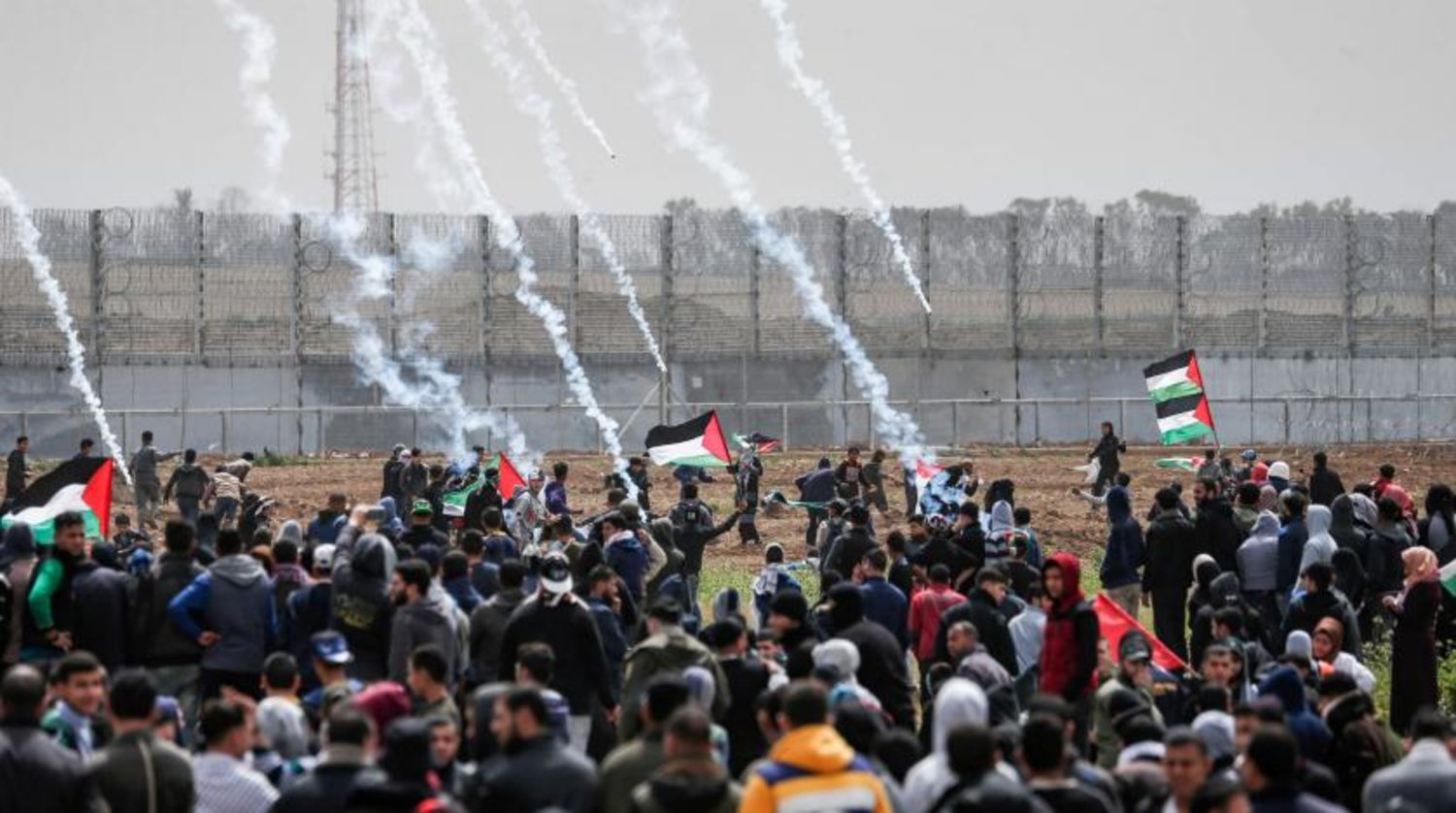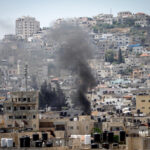One of the arguments raised against Palestinian armed and violent resistance is a simple question: Why not opt for peaceful protests without resorting to violence? The hope is that, by doing so, they might garner more attention and support for their cause. However, the challenge lies in the fact that Palestinians have repeatedly attempted peaceful and non-violent protests, only to find themselves struggling to capture the necessary audience when it matters most. Despite approaching the UN and other prominent human rights organizations, their pleas seem to fall on deaf ears. A stark example is the “March for the Right to Return,” where non-violent marchers, including children, were met with sniper fire as they approached the wall encircling their enclave of Gaza. The vicious cycle of attempting peaceful resistance and facing violence further complicates the Palestinian struggle for international recognition and support.
In the annals of Palestinian history, a series of non-violent uprisings have consistently emerged as powerful expressions of dissent against perceived injustices. From late 1987 to 1988, Palestinians in Gaza engaged in a remarkable wave of non-violent demonstrations, strikes, boycotts, and protests. Throughout this period, not a single Israeli was harmed, and the Palestinians involved were unarmed.
However, the Israeli response was staggering — 142 Palestinians in Gaza lost their lives in the face of unarmed resistance. This disturbing episode, chronicled by Jean-Pierre Filiu in “Gaza: A History” (2014), serves as a stark example of the disproportionate violence wielded against non-violent dissent.
Fast forward to 2005, when Palestinians initiated the non-violent Boycott, Divestment & Sanctions (BDS) movement. In response, Israel adopted a three-pronged approach: branding the movement as an existential threat, labeling BDS supporters as antisemitic, and subjecting its founder to the threat of displacement. The very essence of non-violence met with accusations and punitive actions.
The town of Ni’lin in the West Bank experienced similar repercussions in 2008 and 2009. Residents engaged in weekly non-violent protests against the expansion of the separation barrier that encroached upon their land. In response, Israel took the lives of Ahmed Moussa in 2008 and Yousef Aqel Srour in 2009 — casualties of non-violent resistance met with lethal force.
Bil’in, another Palestinian village, became a focal point for weekly protests in 2003 against the separation barrier’s encroachment. The unarmed demonstrators faced brutal reprisals, with Bassem Abu Rahmah fatally shot in the chest in 2009 and Jawaher Abu Rahmah succumbing to tear gas inhalation in 2010.
The year 2018 witnessed tens of thousands of Gazans marching to the fence, unarmed, demanding their right to return. Tragically, the Israeli response was lethal, resulting in the deaths of 223 Palestinians, while Israeli snipers left 6,106 Palestinians with life-changing wounds. Astonishingly, not a single Israeli suffered major physical harm.
Why isn’t non-violent resistance more prevalent among Palestinians? The reality is, that they do engage in such practices, but unfortunately, it often results in minimal media coverage or, worse, their tragic demise.
These instances represent just a fraction of the broader narrative of Palestinian non-violent resistance met with lethal and disproportionate violence. The persistent cycle raises profound questions about the root causes behind sporadic incidents of Palestinians resorting to violence. The glaring asymmetry in responses begs scrutiny and emphasizes the urgent need for a reevaluation of the dynamics at play in the Israeli-Palestinian conflict. The question shouldn’t focus on why Palestinians don’t engage in non-violent protests but rather on why these peaceful demonstrations fail to bring about meaningful change.



